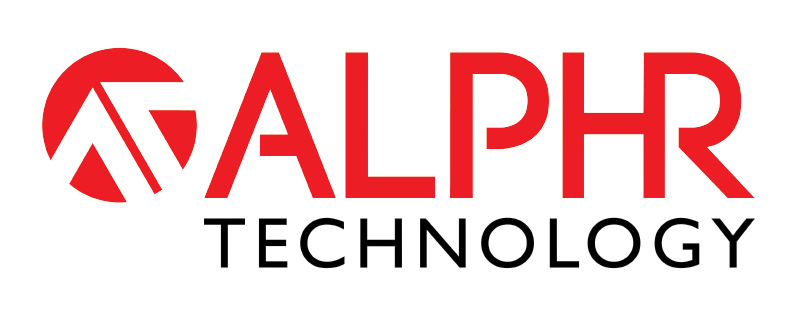
ALPHR Roadmap to Automation
Successfully addressing the questions why, what and how to automate, is a good starting point in creating a Roadmap to Automation for a business looking to unlock the myriad benefits automation has to offer. The team at ALPHR Technology have…
Read more





